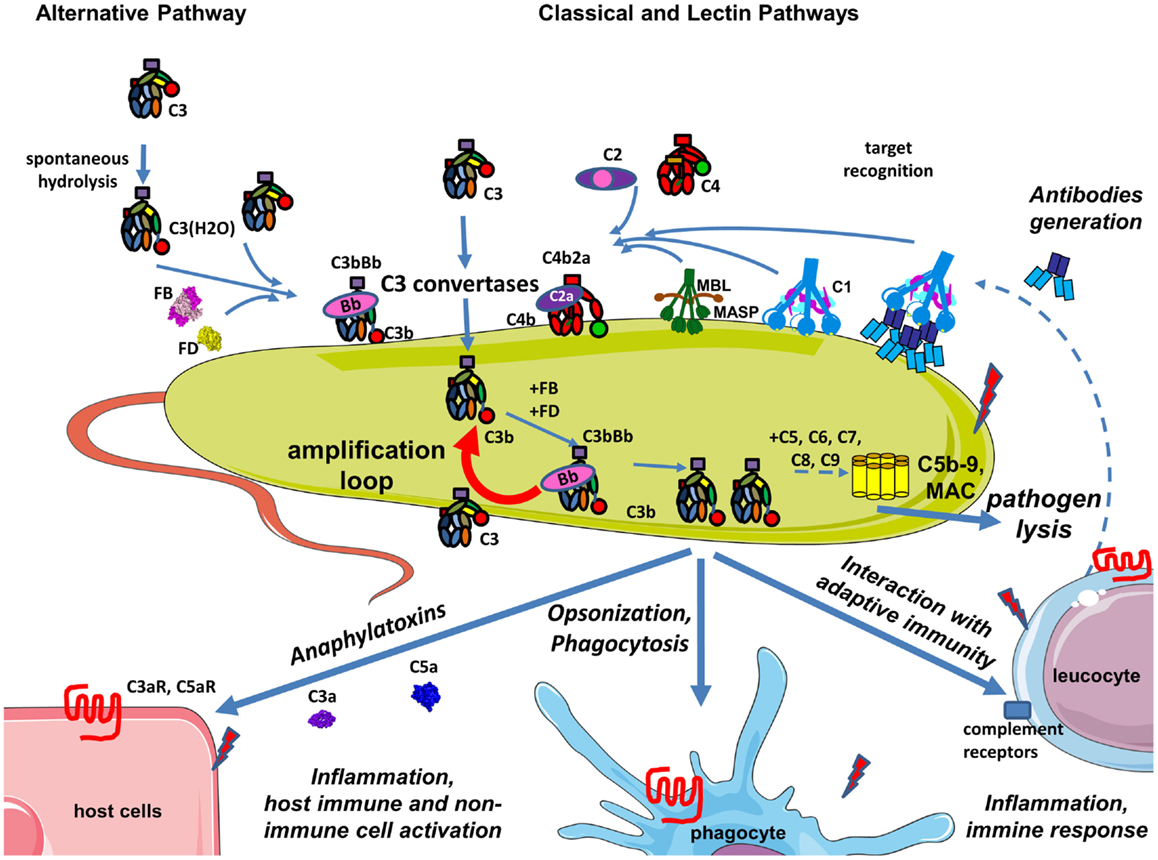
However, there is limited understanding of how activation signals interact synergistically or antagonistically to determine macrophage activation and functional status.

Over the past several years, increasing evidence has highlighted that macrophages can sense inflammatory stimuli and alter their subsequent behaviors (referred to as “innate training”). The molecular signatures of classic and alternative macrophage activation have been well characterized. Appropriate activation is crucial for proper host defense against infection, debris clearance, and efficient tissue repair, whereas aberrant activation is closely associated with tumorigenesis, metabolic disorders, and impaired tissue repair. Since there is no reason for this state to live as part of the app's global business logic, it should be confined to the component that needs it.Macrophages are a heterogeneous population of innate immune cells that have an extraordinary capacity to adapt to their surroundings in response to various signals. However, there are many scenarios where components have their own internal state that is specific to that component. The majority of application state ends up being passed around using props and context. If you want to learn more about how context works, head over to the Context documentation. This has an important characteristic: a signal's value can change, but the signal itself always stays the same: That's what Signals do.Īt its core, a signal is an object with a. Ideally, we want a way to express a value that tells us when it changes. Solutions typically work around this by storing values in a variable and continuously checking to see if they have changed, which is cumbersome and not ideal for performance. Much of the pain of state management in JavaScript is reacting to changes for a given value, because values are not directly observable.

Reading signals without subscribing to them.Reacting to signals outside of components.


 0 kommentar(er)
0 kommentar(er)
